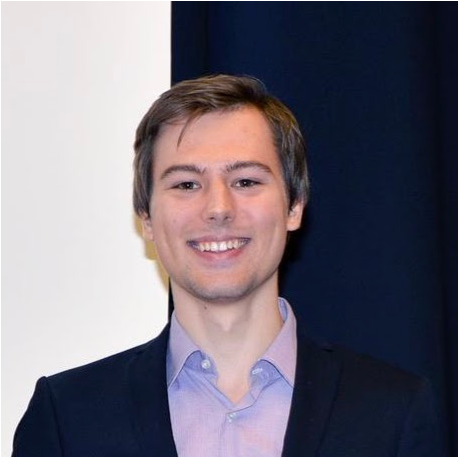Tutorial AAMAS 2023
Experiments in Computational Social Choice Using Maps of Elections
Multiwinner voting deals with the problem of selecting a group of candidates (referred to as the committee) that, in some sense, collectively represent the views of a group of agents (the voters). While in recent years the researchers working within (computational) social choice theory have made great progress regarding both the analysis of the properties of multiwinner voting rules and the design of algorithms for computing winning committees, their results remain fairly abstract. In this project we take a more pragmatic approach and aim to bridge the gap between what we know about committee elections and what we would like to use them for. The proposal is based on the following two guiding ideas: We present the "map of elections" framework for designing and analyzing numerical experiments on elections in computational social choice, as well as for analyzing the space of elections. The idea is to take a set of elections, compute distances between them, and present them as points on a plane, whose distances resemble those between the elections. The map can be used to analyze the nature of elections and to visualize results of experiments.
We will show the main components of the framework, including different ways of computing distances between elections, sources of election data, and algorithms for embedding elections in 2D space. Next, we will show a number of use cases of the framework. This includes a demonstration how the map can be used to plan, analyze, and evaluate experiments without resorting to computing averages etc. Moreover, we will use the map for analyzing and classifying synthetic and real-life data. Finally, we will show various extensions of the framework.
Expected background
Basic knowledge of computational social choice will be helpful.Expected gained skills
- Evaluate critically experiments in computational social choice.
- Put together a dataset for an experiment in a principled way, which includes choosing parameters for statistical cultures.
- Use the map of elections to visualize and evaluate experimental results.
- Create one's own maps of elections (or other objects).
Presenters
 Niclas Boehmer (TU Berlin, Germany)
Niclas Boehmer (TU Berlin, Germany)
 Piotr Faliszewski (AGH Kraków, Poland)
Piotr Faliszewski (AGH Kraków, Poland)
 Stanisław Szufa (AGH Kraków, Poland)
Stanisław Szufa (AGH Kraków, Poland)
Resources
Download Mapel tutorialRelated Literature
· Diversity, Agreement, and Polarization in Elections , Faliszewski et al., IJCAI-2023
· Expected Frequency Matrices of Elections: Computation, Geometry, and Preference Learning, Boehmer et al., NeurIPS-2022
· A Map of Diverse Synthetic Stable Roommates Instances, Boehmer et al., AAMAS-2023
· Understanding Distance Measures Among Elections, Boehmer et al., IJCAI-2022
· How to Sample Approval Elections?, Szufa et al., IJCAI-2022
· Putting a Compass on the Map of Elections, Boehmer et al., IJCAI-2021
· Drawing a Map of Elections in the Space of Statistical Cultures, Szufa et al., AAMAS-2020
· How Similar Are Two Elections?, Faliszewski et al., AAAI-2019